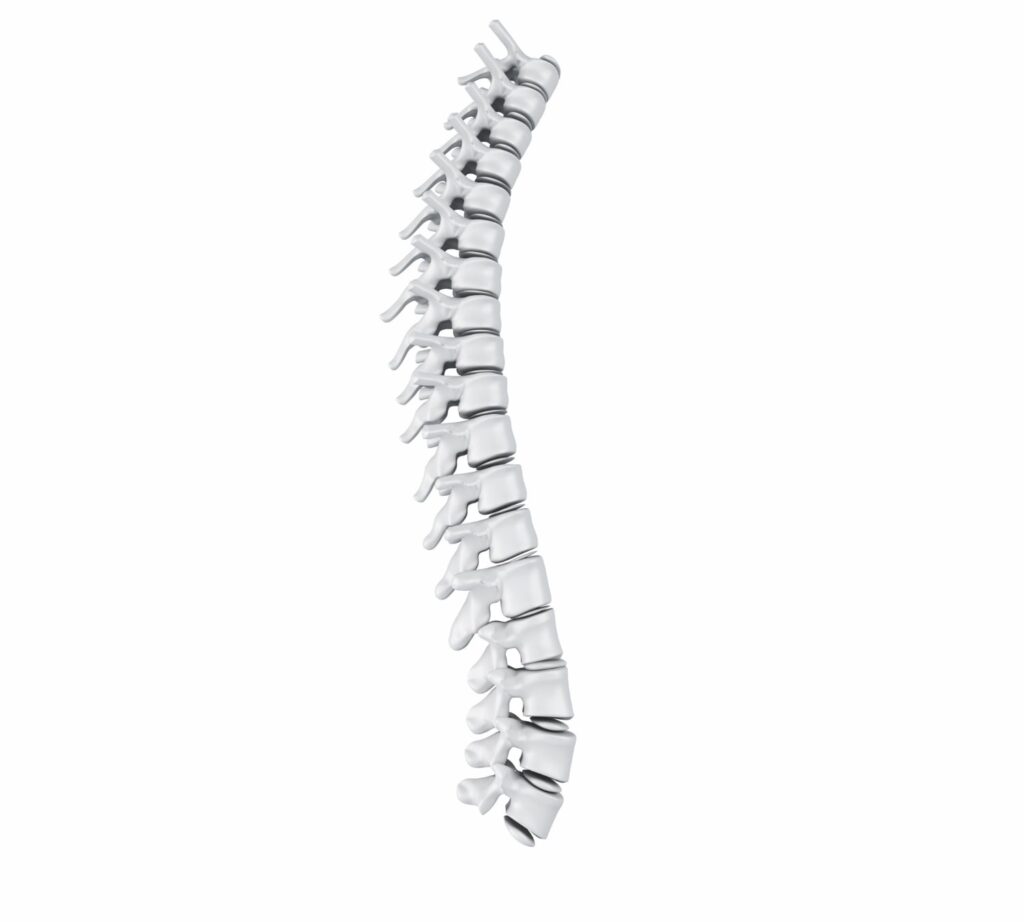It’s natural to worry about your neck and spine when you hear that improper posture might cause discomfort. To be clear, posture refers to how the entire body is held, not simply an isolated section. Pressed nerves, tightness, and even a lack of coordination are just some of the adverse outcomes of poor posture.
One complication of poor posture, chest discomfort, may be so frightening that it sends individuals racing to the emergency room. Maybe you haven’t given thought to the possibility that anything other than a heart problem may be causing your chest discomfort.
While they are prevalent culprits, we’ll focus on how poor posture may lead to discomfort in the center of the chest, manifesting as chest pain.
Possible causes include:
- Sleeping Posture and Nocturnal Chest Pain: Poor posture in bed can irritate neck or chest wall structures, leading to nocturnal chest pain (Walpin, 1980).
- Posture and Musculoskeletal Chest Pain: Bad posture, including during activities such as stretching exercises or hatha yoga, may help with chest pain originating in the spine or musculature (Archer, 1983). This suggests that the musculoskeletal system, influenced by posture, can be a source of chest pain.
- Postural Impact on Neck and Shoulder: Poor neck and shoulder postures in office workers with symptoms can cause neck and shoulder pain, indicating a link between posture and upper body pain, which could include the chest (Szeto, Straker, & Raine, 2002).
- Thoracic Spine Postural Distortion: Postural distortion of the thoracic spine can be a major cause of other postural distortions and pain patterns in the body, which could include chest pain (Muscolino, 2017).
- Chronic Neck Pain and Posture: People with chronic neck pain have a reduced ability to maintain an upright posture during prolonged sitting, which could affect the chest area (Falla et al., 2007).
- Body Posture Irregularities in Children: In children, irregularities in body posture may cause chest pain (Zmyślna et al., 2021).
- Bad Posture Leading to Musculoskeletal Disorders: Bad standing and sitting postures can cause pains in muscle and connective tissues, potentially leading to chronic diseases attributed to rheumatic disorders (Grandjean & Hünting, 1977).
Upper-Crossed Syndrome

There are several potential causes of your lousy posture producing chest discomfort; however, the upper-crossed syndrome, often known as UCS, is the most probable explanation.
Upper Crossed Syndrome is a musculoskeletal condition characterized by a specific pattern of muscle imbalance in the upper body. This condition involves overactive and underactive muscle groups in the neck and shoulder girdle, leading to tightness and weakness in shoulder and scapular muscles (Chithra P. V. & S. Vishwanath, 2022). Upper Crossed Syndrome results in postural changes, such as forward head, forward shoulder, and increased thoracic kyphosis, and is often seen in individuals who sit for long periods and exhibit poor posture (Mansoureh Mogharrabi-Manzari, Gholamali Ghasemi Kahrizsangi, & H. Negahban, 2021).
As a result, when you slouch, your chest muscles weaken, your back muscles tense, and your spine hunches forward. You end up with a perfect storm that causes discomfort in both your chest and back.
This syndrome leads to various symptoms, including neck and/or jaw pain, headaches, and shoulder problems (Khokhar Hafsa Imtiaz et al., 2021). UCS is also associated with altered movement patterns and muscle activations in the scapulae, contributing to joint dysfunction and pain (F. Seidi et al., 2020).
Those who spend their days slumped over a computer experiencing repetitive stress injuries are overrepresented in the workforce. It’s so common that doctors have coined the term “work-related neck/shoulder problems” to describe the condition.
Nearly half of all white-collar employees may have a WNSD each year, and this percentage is expected to grow as an increasing number of professions turn inactive.
Relationship Between Bad Posture and Breathing Problems

When you slouch, you put a strain on your lungs, which may cause a different form of chest discomfort. This is due to the fact that our posture alters our breathing patterns, particularly by encouraging us to breathe through our chests rather than our bellies.
If you want to breathe correctly, you should practice abdominal breathing,” which involves drawing down on the diaphragm to draw air into the lungs. Doing so allows as much oxygen into your body as possible by adequately expanding your lungs.
If you inhale through your chest instead of your diaphragm, you are using the subsidiary muscles around your neck and collarbone, which are relatively weak. Consequently, the lungs are only partially inflated, and less air volume is taken in.
Slouching or hunching also puts pressure on the lungs, reducing their capacity to take in oxygen. As a result, you may get chest discomfort, particularly while exercising.
Precordial Catch Syndrome
The reason for precordial catch syndrome, or PCS, is currently unknown to medical professionals. The most common explanations are nerve impingement or tension in the muscles down in the chest.
Some research has linked slouching to postural headaches, and it has been shown that just sitting bolt upright or sleeping straight on your back for a brief time will help alleviate symptoms.
Those unfamiliar with precordial catch syndrome may panic at the thought of having a heart attack, which is why it’s essential to spread awareness. It manifests as a stabbing pain, usually concentrated in one area on the left side of the chest, close to the heart.
The pain is the sole indication; unlike cardiac arrest, it will not spread to other body regions. Rather than being unrelated symptoms, your breathing difficulties, heart palpitations, and dizziness will all be a direct reaction to the pain you’re in.
Although precordial catch syndrome often only persists for a few seconds to three minutes, there have been documented incidences of PCS lasting for more than 30 minutes.
How To Treat Bad Posture And Chest Pain
- Since bad posture may lead to muscular atrophy, physical therapy could be employed to rehabilitate the affected areas.
- Exercises that improve posture by stretching and strengthening the muscles and improving balance, coordination, and proprioception should be included in the physical therapy regimen.
- Surgery is not usually necessary, but in some cases, it may be recommended to release tight muscles or fuse vertebrae together.
- Wearing a back brace or neck collar may help to immobilize the spine and allow it to heal in the correct position.
- Improving posture and ergonomics at work and home
- Taking breaks often to walk around and stretch
- Practicing yoga or Pilates
- Sleeping on your back with a pillow under your knees.
References:
https://www.kine-lille-formation.com/wp-content/uploads/2016/03/Morris_JBMT.pdf
https://pubmed.ncbi.nlm.nih.gov/19685174/
https://www.mdpi.com/1660-4601/19/6/3728/pdf
http://koreascience.or.kr/article/JAKO201731242004965.page
https://www.ncbi.nlm.nih.gov/pmc/articles/PMC5889545/
https://www.ncbi.nlm.nih.gov/pmc/articles/PMC4679239/
MD, PhD. Physical Medicine & Rehabilitation Physician from São Paulo - Brazil. Pain Fellowship in University of São Paulo.

